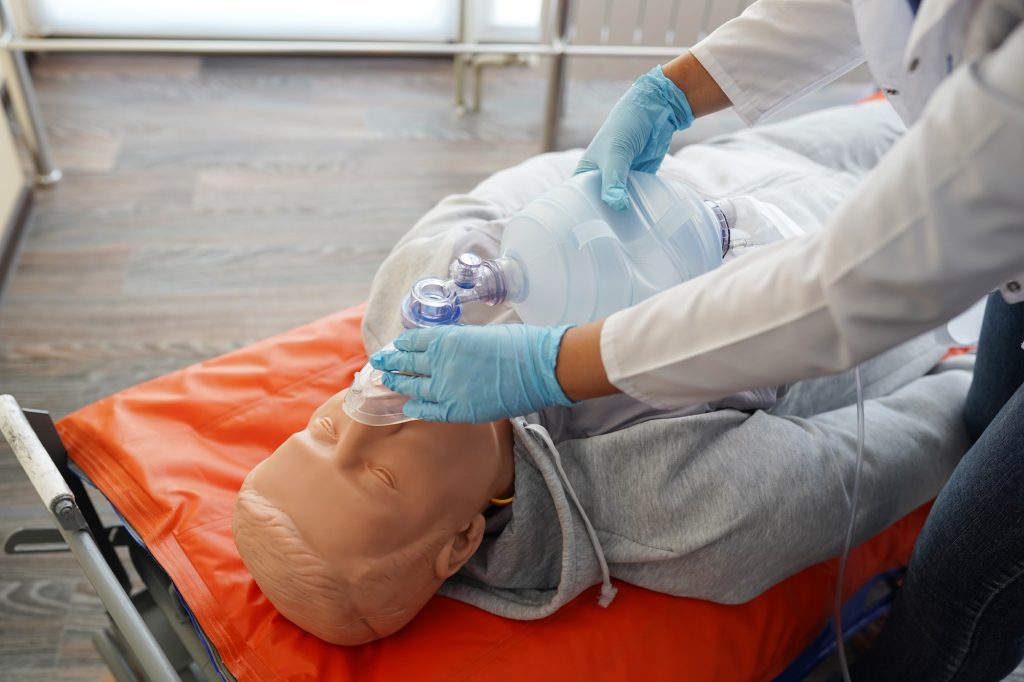
Basic life support (BLS) nursing is a critical aspect of healthcare that involves providing immediate care to patients who are experiencing a medical emergency. BLS nursing is the foundation of all emergency medical care and is essential in saving lives. The primary goal of BLS nursing is to provide timely and effective interventions to stabilize the patient’s condition until advanced medical care can be provided.
The American Heart Association defines basic life support as “a set of techniques used to maintain vital functions, such as airway management, breathing, and circulation, during an emergency.” BLS nursing includes cardiopulmonary resuscitation (CPR), defibrillation, airway management, oxygen administration, and other interventions aimed at stabilizing the patient’s condition.
One of the most important aspects of BLS nursing is recognizing when a patient requires immediate intervention. This requires knowledge of common signs and symptoms that indicate a medical emergency. For example, chest pain or discomfort may indicate a heart attack while sudden shortness of breath may indicate respiratory distress.
Once a patient has been identified as requiring BLS intervention, the nurse must quickly assess their condition and initiate appropriate interventions. The first step in BLS nursing is ensuring that the patient has an open airway. This may involve positioning the head and neck correctly or using suctioning equipment to clear any obstructions from the airway.
The next step in BLS nursing is providing artificial ventilation if necessary. This may involve using a bag-valve-mask device or administering oxygen through nasal prongs or a mask. Providing adequate ventilation ensures that oxygen reaches vital organs such as the brain and heart.
If the patient’s heart has stopped beating or they are experiencing an abnormal rhythm such as ventricular fibrillation (VF), defibrillation may be required. Defibrillation involves delivering an electric shock to the heart in order to restore normal rhythm. Early defibrillation significantly increases survival rates for patients with cardiac arrest.
Another critical aspect of BLS nursing is performing CPR. CPR involves a combination of chest compressions and artificial ventilation to maintain blood flow and oxygenation to vital organs. The goal of CPR is to keep the patient alive until advanced medical care can be provided.
In addition to these interventions, BLS nursing also involves providing emotional support to patients and their families. Medical emergencies can be traumatic for everyone involved, and the nurse must be able to provide reassurance and comfort during a stressful time.
BLS nursing requires specialized training and certification in order to ensure that nurses are competent in providing emergency care. Certification programs typically include classroom instruction as well as hands-on training in skills such as CPR, defibrillation, and airway management.
In addition to formal training, nurses must also stay up-to-date with the latest guidelines and protocols for BLS nursing. The American Heart Association regularly updates its guidelines for BLS interventions based on new research findings.
BLS nursing is an essential component of healthcare that plays a critical role in saving lives during medical emergencies. Nurses who specialize in BLS must possess a wide range of knowledge and skills in order to provide effective interventions that stabilize patients’ conditions until advanced medical care can be provided.

In conclusion, basic life support (BLS) nursing is an essential aspect of healthcare that involves providing immediate care to patients who are experiencing a medical emergency. BLS nursing includes interventions such as cardiopulmonary resuscitation (CPR), defibrillation, airway management, oxygen administration, and other techniques aimed at stabilizing the patient’s condition until advanced medical care can be provided. Nurses who specialize in BLS must possess specialized training and certification as well as up-to-date knowledge of the latest guidelines and protocols for emergency care. By providing timely and effective interventions, BLS nurses play a critical role in saving lives during medical emergencies.
